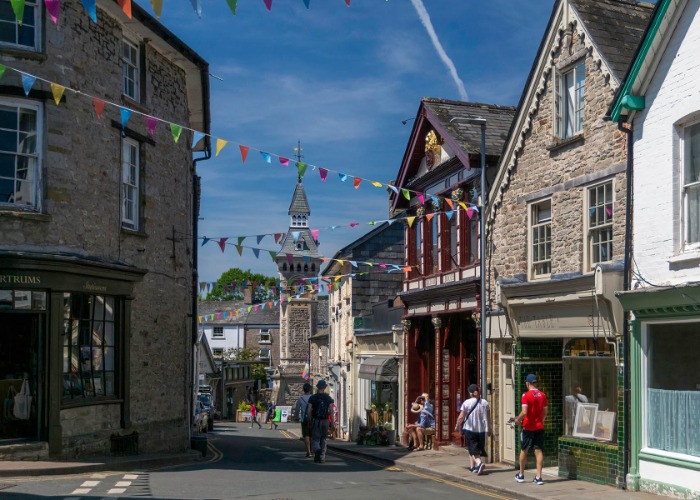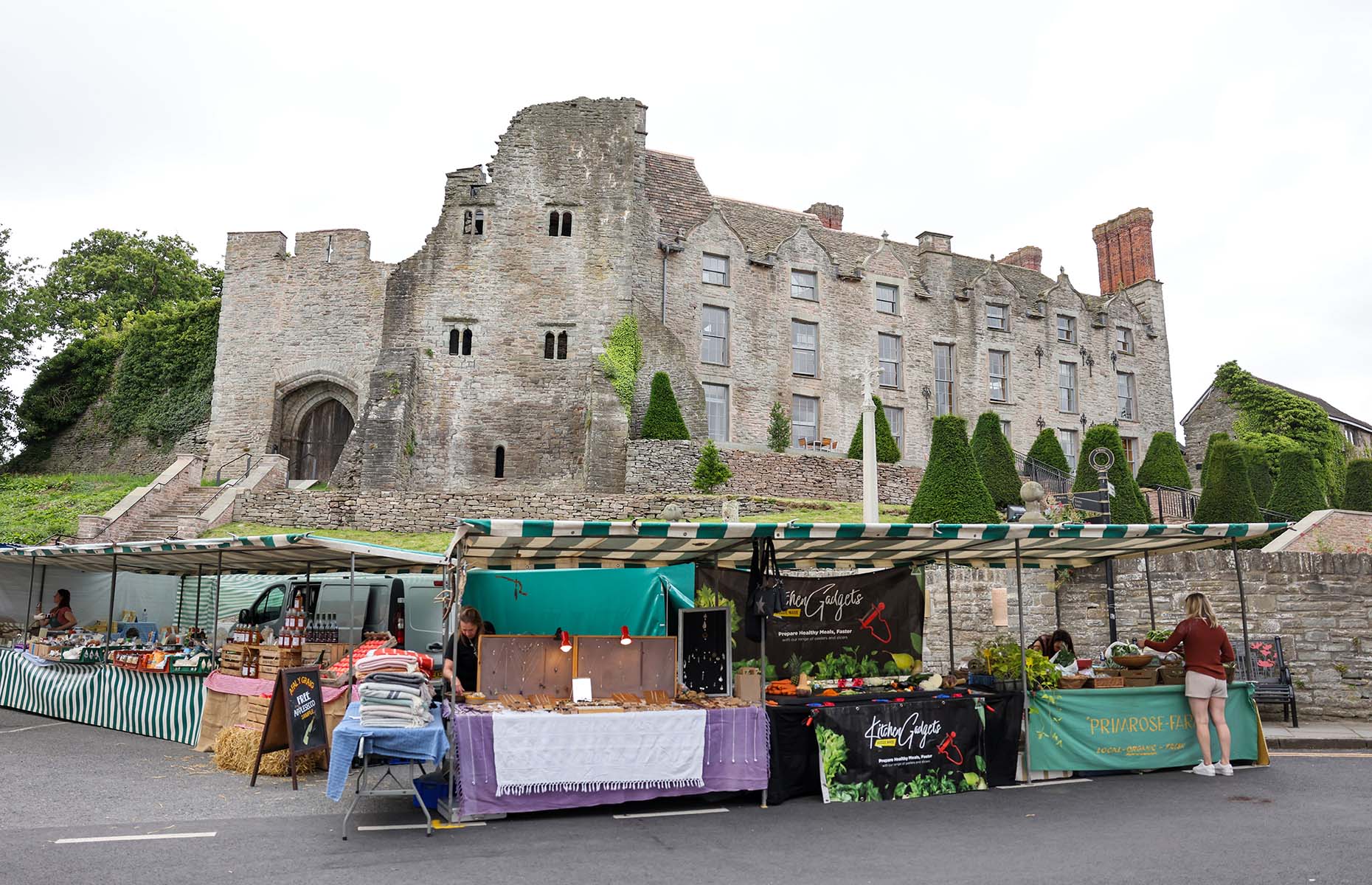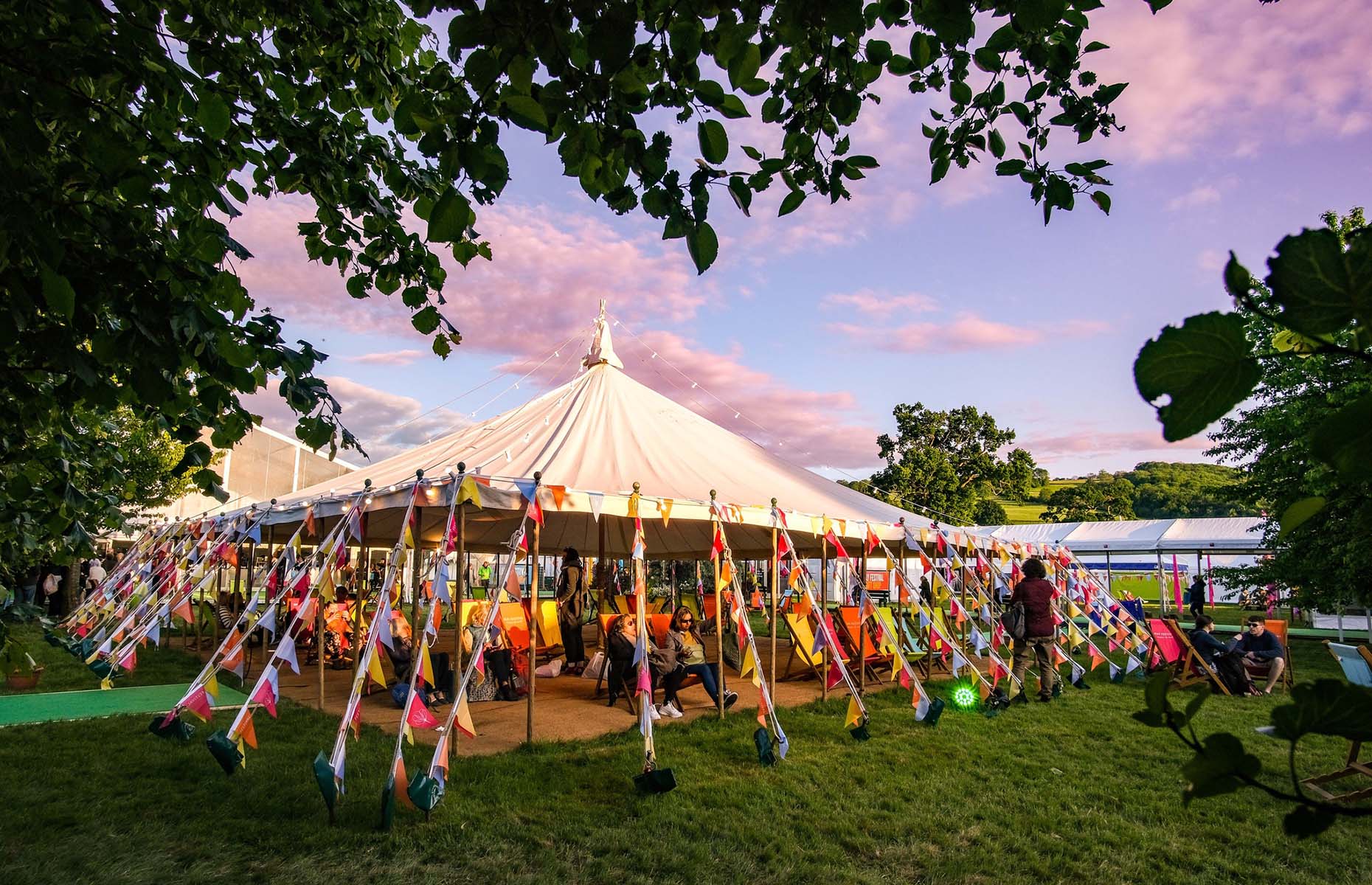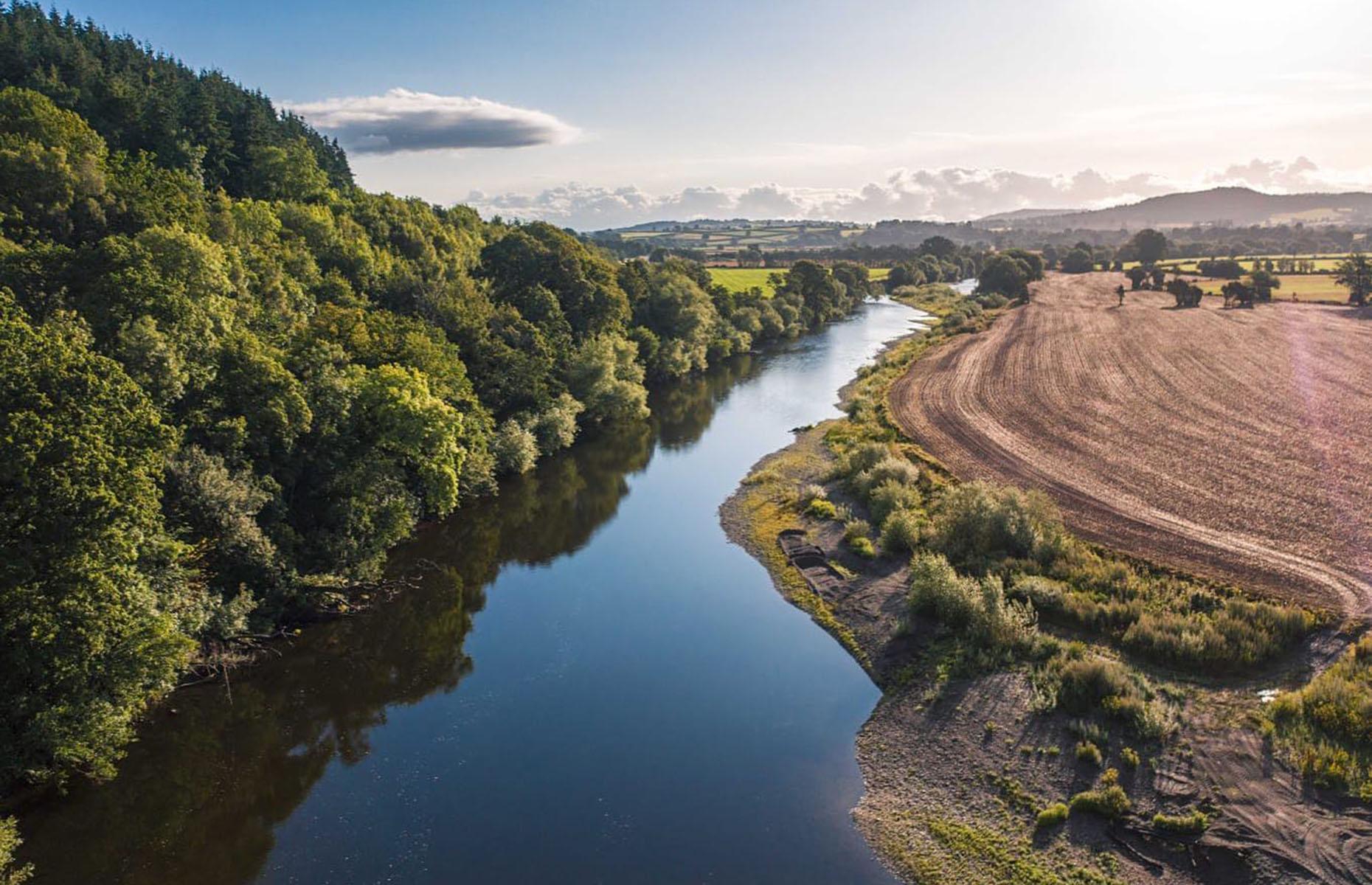6 reasons to visit Hay-on-Wye

Why a trip to the 'Town of Books', on the Welsh-English border, is a novel idea.
Few Welsh towns can claim to be as quirky as Hay-on-Wye. Thrown into the limelight when eccentric second-hand bookshop owner Richard Booth declared himself to be the King of Hay on 1 April 1977, the ‘Town of Books’ has never quite given into conformity since.
Perhaps it’s Hay-on-Wye’s location in a borderland brimming with myth and legends, or maybe it’s the rarity of discovering a town where there are more bookshops than supermarkets. Whatever draws you to Hay-on-Wye, it’s sure to keep you there.
From hiking along the banks of the River Wye to scouring shelves for forgotten first editions of classic books, here are six reasons to visit the book-loving Welsh border town of Hay-on-Wye.
1. For the bookshops
Books are what Hay-on-Wye does best, and with every other shop on the high street stocking and selling everything from bestsellers to rare literary anthologies, you’ll soon understand why it's named the ‘Town of Books’.
Hay-on-Wye’s literary legacy is all thanks to the exploits of one eccentric second-hand bookseller. Richard Booth opened Hay-on-Wye’s first second-hand bookshop in 1961. He went on to build a bookselling empire, and his efforts attracted booksellers, book buyers and bibliophiles en masse to Hay-on-Wye.
There are at least 13 dedicated bookshops in Hay-on-Wye today, not to mention countless other shops stocking books as a side gig. It’s astounding really, given Hay-on-Wye’s population is only 1,500. Richard Booth’s Bookshop is where it all began, The Poetry Bookshop is devoted to all things poetry, and Murder and Mayhem is where you’ll find true crime, thrillers and murder mysteries.
2. For the historic Norman castle
Hay Castle stands proud in the centre of Hay-on-Wye. Drag yourself away from the Honesty Bookshop in the moat (where all books cost less than £1), walk up the steep stairs to the gateway and immerse yourself in a history dating back to the Norman era.
Local legend has it that the Hay Castle was built by a Norman noblewoman named Matilda in the 11th century AD; in some stories, Matilda is a fierce lady of the manor, and in others, a giantess. In the 13th century, King John of England tried to burn the castle to the ground. Not long after, Welsh Prince Llywelyn the Great tried the same. In the 1960s, Hay Castle was purchased by Richard Booth, who built a bookshop in the moat and at one point, accidentally burned the keep down.
 Chris Jackson/Getty Images
Chris Jackson/Getty Images
Hay Castle recently underwent a multimillion-pound restoration and refurbishment project. It’s now open to the general public (entrance is free) for the first time in its almost 900-year history. Learn about the history of Hay-on-Wye and its castle, enjoy panoramic views over the Welsh Borders from the top of the tower and delve into the fascinating Richard Booth Collection on the top floor.
3. For the Kingdom of Hay
On 1 April 1977, second-hand bookseller Richard Booth declared himself to be the King of Hay. Hoping to attract tourists to fire up Hay-on-Wye’s stagnating economy, Booth was crowned in front of Hay Castle and announced that the town would henceforth be independent of the United Kingdom.
It was an instant publicity win, and the stunt brought tourists and journalists from across the world to visit the ‘Town of Books’ ruled by a ‘King’. Booth kept the ‘Kingdom of Hay’ running until his death in 2019, issuing passports, handing out knighthoods and appointing his horse to be Prime Minister.
You can see the Kingdom of Hay’s flag, passports, currency, crown jewels and stamps in the Richard Booth Collection in Hay Castle. You can even purchase a peerage to become a lord or lady of the Kingdom of Hay.
READ MORE: Unique places to stay in Wales
4. For the Hay Festival
For two weeks in May and June, Hay-on-Wye hosts one of the largest literary festivals in the world. Tens of thousands of book lovers and culture vultures flood into town every year to meet their favourite authors, join literary-themed events and take part in cultural and political discussions.
 Hay Festival/Facebook
Hay Festival/Facebook
The Hay Festival was first hosted in 1988, devised by Hay-on-Wye locals Peter Florence, with help from his parents Rhoda and Norman as they sat around their kitchen table. The festival was directly inspired by Hay-on-Wye’s popularity as a ‘Town of Books’, and it now attracts leading authors, politicians, historians, activists, artists and cultural icons from around the world.
In 2022, Hay Festival returned for the first time since COVID-19. Due to popular demand, you can also join a special ‘Winter Weekend’ event being held at Hay Castle in November, which the organisers hope to make an annual occurrence.
5. For the River Wye
Hay-on-Wye is named for the River Wye, the UK’s fourth longest river, and for a few miles of its 155-mile-long (249km) route, you’ll find it meandering through the countryside to the west of the town.
You can hire canoes, kayaks or paddleboards to traverse the River Wye. A popular half-day paddling adventure takes canoers for six miles (10km) along the river from Hay-on-Wye to Whitney-on-Wye, where you can enjoy a refreshing pint at the Boat Inn before turning around.
READ MORE: Explore the Wales Coast Path
 Celtic Canoes/Facebook
Celtic Canoes/Facebook
If watersports aren’t for you, then don’t worry, you can hike the Wye Valley Walk instead. This long-distance route follows the course of the River Wye, and there are beautiful riverside sections to walk from Hay-on-Wye.
6. For the Black Mountains
If you look to the south of the town, you’ll see the moody peaks of the Black Mountains – some rising to 2,661 feet (811m) marking the border between England and Wales.
The Black Mountains are part of the Brecon Beacons National Park, and Offa’s Dyke, a long-distance national trail following the route of the ancient border between England and Wales, goes over the top of the peaks. You can follow the waymarked national trail into the mountains from Hay-on-Wye.
With the town as your base, you can explore mountain passes and hiking trails by day and cosy up with a good book in a homely B&B by night.
READ MORE: Europe's most stunning national parks
Lead image: Leighton Collins/Shutterstock
Comments
Do you want to comment on this article? You need to be signed in for this feature